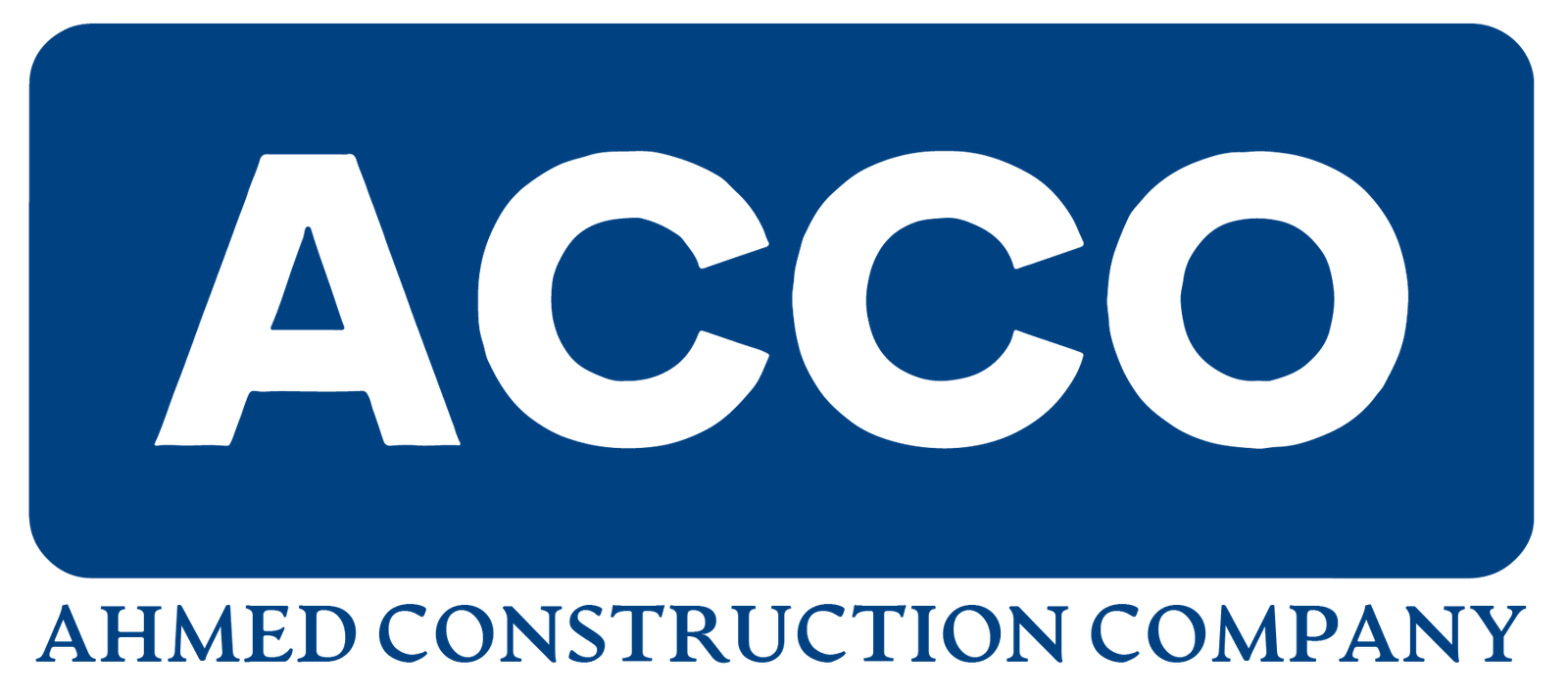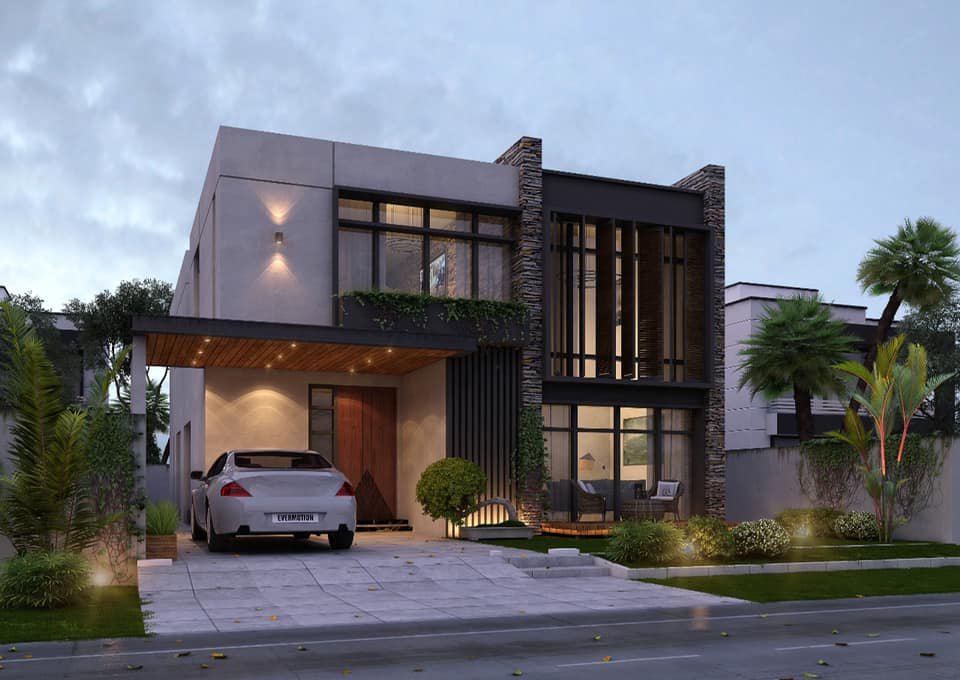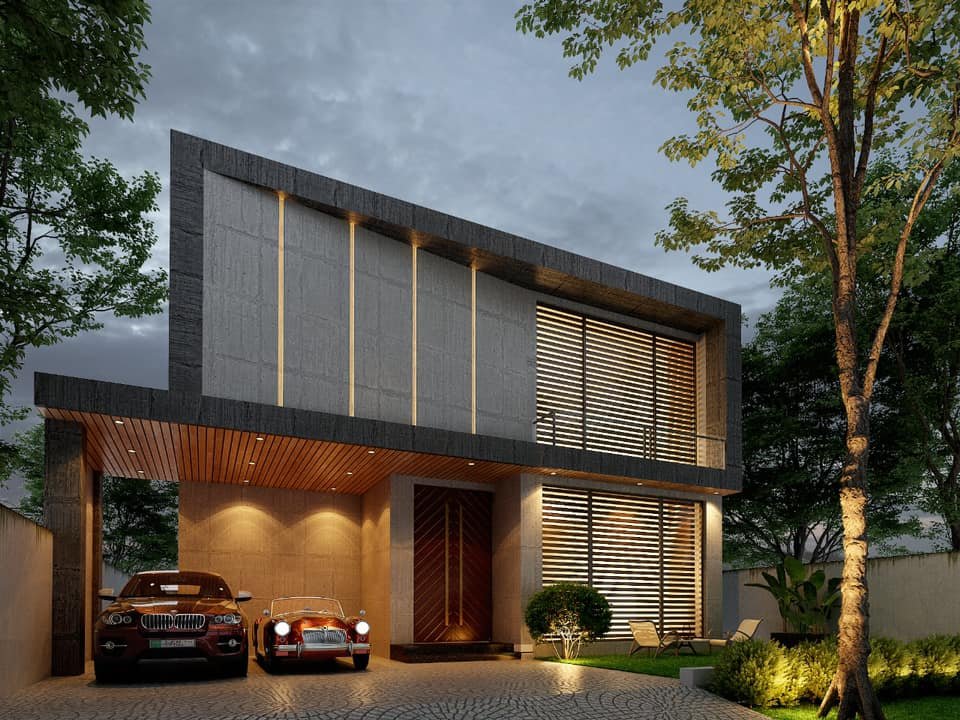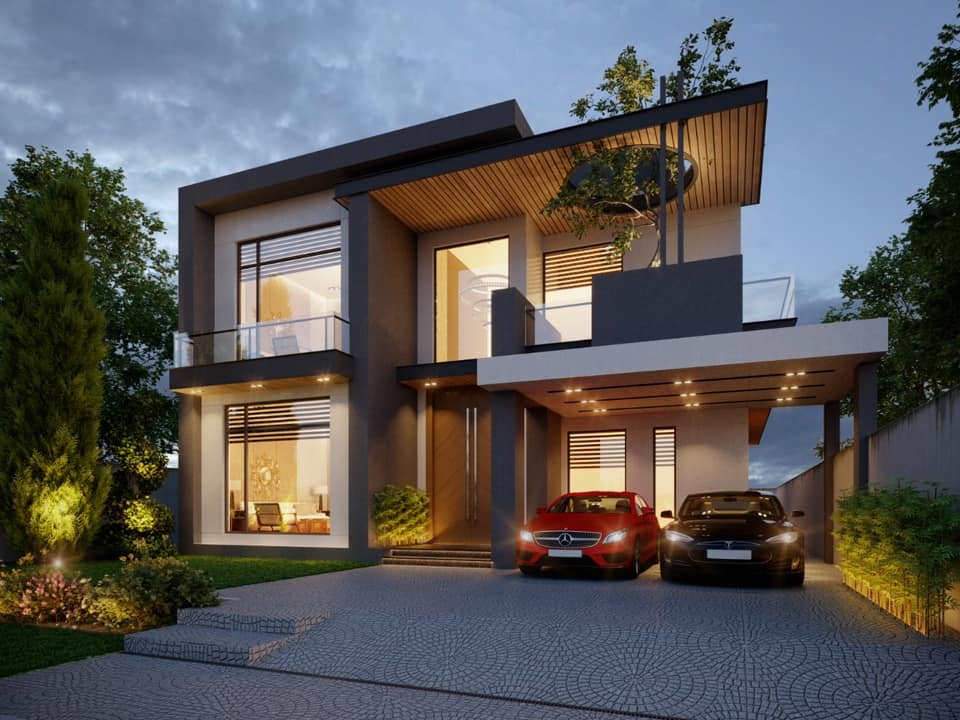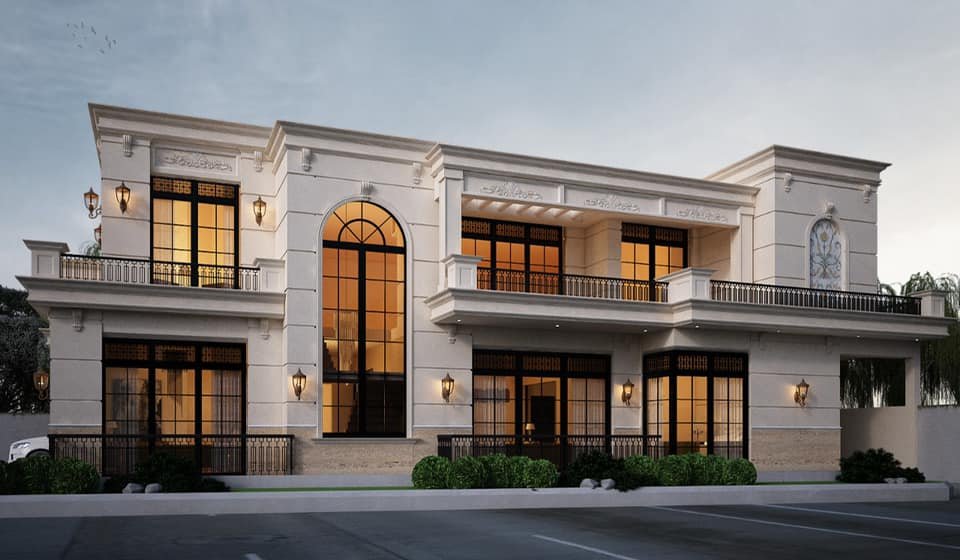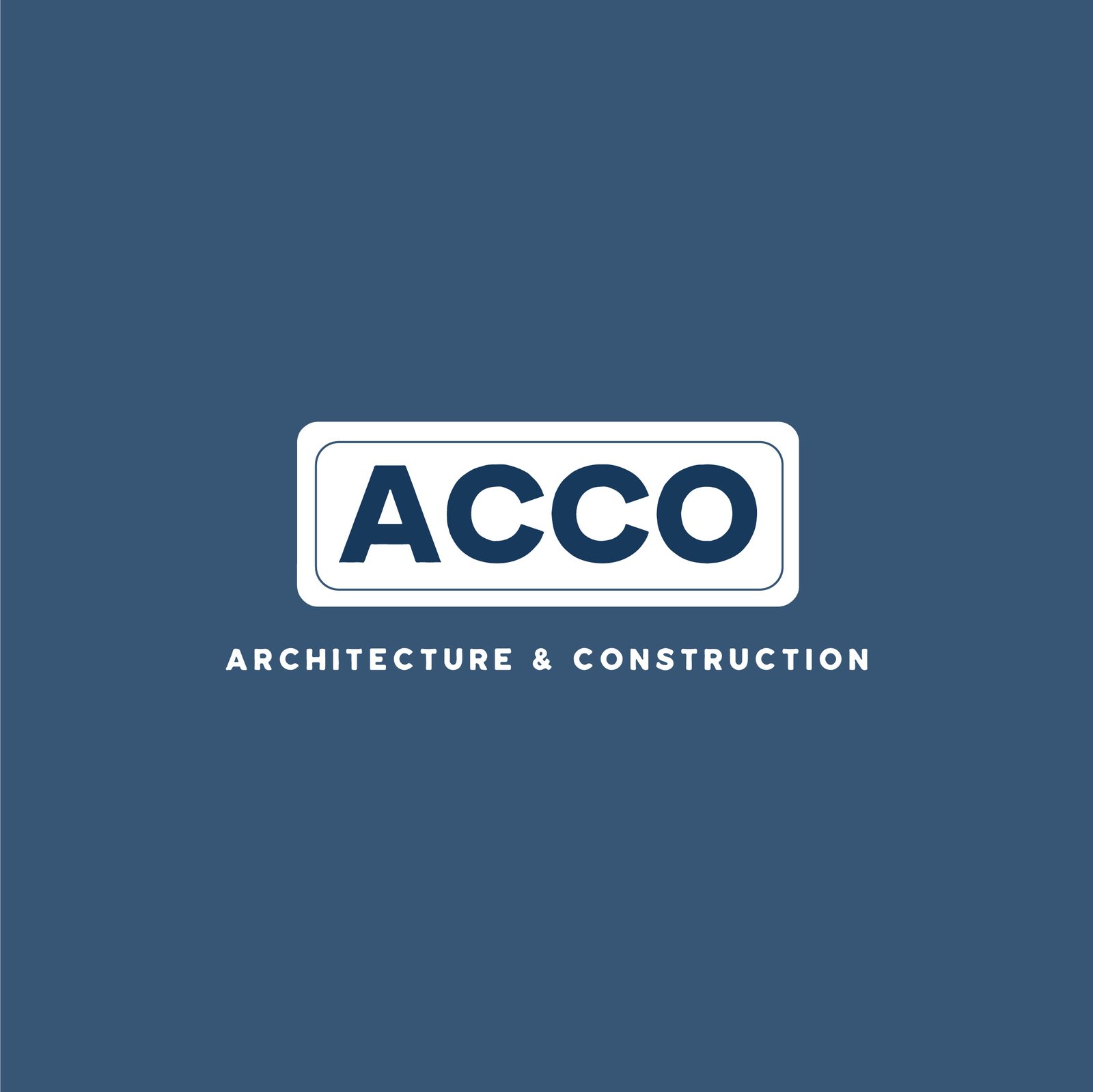
ACCO The Future of Multi-Story Buildings in Pakistan: Innovations and Challenges
| Main Topic | Sub-Topics |
|---|---|
| Introduction | Overview of the current state of multi-story buildings in Pakistan |
| Historical Context of Multi-Story Buildings in Pakistan | Evolution from low-rise to high-rise structures |
| Current Trends in Multi-Story Building Design | Sustainable architecture, smart technology, and cultural integration |
| Key Innovations in Multi-Story Building Construction | Advanced materials, prefabrication, and modular construction |
| Sustainability as a Driving Force | Green building practices, energy efficiency, and environmental impact |
| Role of Smart Technologies | IoT, automation, and AI in building management |
| Impact of Urbanization on Future Buildings | Population growth, land scarcity, and urban planning |
| Challenges in Multi-Story Construction | Regulatory issues, safety concerns, and economic constraints |
| Government Policies and Regulations | Building codes, safety standards, and incentives for sustainable construction |
| Cultural and Aesthetic Considerations | Integration of local traditions with modern design |
| Innovative Building Materials | Use of eco-friendly, resilient, and locally-sourced materials |
| Safety and Structural Integrity | Seismic design, fire safety, and durability in multi-story buildings |
| The Rise of Mixed-Use Developments | Combining residential, commercial, and recreational spaces in one building |
| Affordable Housing and High-Rise Development | Addressing the housing crisis through vertical growth |
| Impact of Climate Change on Building Design | Adapting to changing weather patterns and environmental challenges |
| Future of Building Technologies | Emerging trends in AI, robotics, and sustainable technologies |
| Case Studies of Innovative Multi-Story Buildings | Examples from Pakistan and global inspirations |
| Challenges Faced by Architects and Developers | Land acquisition, high costs, and skill shortages |
| The Role of Public-Private Partnerships | Collaboration between government and private sector in urban development |
| Future Predictions for Multi-Story Buildings in Pakistan | Anticipated trends, innovations, and challenges for the next decade |
| Conclusion | Summary of innovations and challenges in the future of multi-story buildings in Pakistan |
The Future of Multi-Story Buildings in Pakistan: Innovations and Challenges
SEO Meta-Description
Explore the future of multi-story buildings in Pakistan, focusing on innovative construction techniques, sustainability, smart technologies, and the challenges faced by architects and developers in a rapidly urbanizing nation.
Introduction
As Pakistan continues to urbanize at an unprecedented pace, the role of multi-story buildings has become increasingly critical in shaping the country’s urban landscape. The rise of high-rise structures in cities like Karachi, Lahore, and Islamabad reflects a response to the growing population, limited land availability, and the need for sustainable urban development. The future of multi-story buildings in Pakistan is poised to be defined by a blend of innovation and challenges, as architects and developers seek to balance the demands of modern living with cultural, environmental, and economic considerations.
Historical Context of Multi-Story Buildings in Pakistan
The evolution of multi-story buildings in Pakistan mirrors the nation’s broader development trajectory. Initially characterized by low-rise structures that reflected the architectural styles of the colonial era, Pakistan’s urban centers have gradually embraced high-rise construction. This shift began in the late 20th century, driven by economic growth, urbanization, and the need to optimize land use in densely populated areas. Over the years, multi-story buildings have become symbols of progress and modernity, serving as hubs for residential, commercial, and mixed-use developments.
Current Trends in Multi-Story Building Design
In recent years, the design of multi-story buildings in Pakistan has been influenced by global trends in architecture, sustainability, and technology. Contemporary designs often feature sleek, minimalist aesthetics, with an emphasis on natural light, open spaces, and green building practices. Cultural integration remains a significant aspect of design, with architects incorporating traditional elements such as Islamic geometric patterns and local materials to create structures that resonate with Pakistan’s rich heritage. The rise of smart technologies and energy-efficient systems has further transformed the way these buildings are designed and managed.
Key Innovations in Multi-Story Building Construction
The construction of multi-story buildings in Pakistan is witnessing a surge in innovation, driven by the need for efficiency, sustainability, and resilience. Advanced materials such as high-strength concrete, steel composites, and eco-friendly alternatives are being used to enhance the durability and environmental performance of buildings. Prefabrication and modular construction techniques are gaining popularity, allowing for faster, more cost-effective construction processes. These innovations are crucial in addressing the challenges of rapid urbanization and the increasing demand for high-quality, sustainable buildings.
Sustainability as a Driving Force
Sustainability has emerged as a central theme in the future of multi-story building design in Pakistan. Architects and developers are increasingly prioritizing energy efficiency, waste reduction, and the use of renewable resources. Green building certifications, such as LEED (Leadership in Energy and Environmental Design), are becoming more common, reflecting a commitment to environmental stewardship. Sustainable practices, including the use of solar panels, rainwater harvesting systems, and green roofs, are being integrated into building designs to minimize their environmental impact and reduce operational costs.
Role of Smart Technologies
The integration of smart technologies is revolutionizing the way multi-story buildings are designed, constructed, and managed in Pakistan. The Internet of Things (IoT) enables the automation of building systems such as lighting, heating, and security, improving energy efficiency and occupant comfort. Artificial intelligence (AI) is also being used to optimize building performance, predict maintenance needs, and enhance safety. These technologies not only make buildings more sustainable and user-friendly but also contribute to the overall quality of urban life.
Impact of Urbanization on Future Buildings
Urbanization is one of the most significant factors shaping the future of multi-story buildings in Pakistan. As cities expand and populations grow, the demand for vertical living and working spaces is increasing. This trend is leading to the development of more high-rise structures, particularly in densely populated urban areas where land is scarce. Urban planning and zoning regulations play a crucial role in guiding this growth, ensuring that new developments are sustainable, safe, and aligned with the long-term goals of the city’s infrastructure.
Challenges in Multi-Story Construction
Despite the advancements in technology and design, the construction of multi-story buildings in Pakistan faces several challenges. Regulatory issues, including complex building codes and lengthy approval processes, can delay projects and increase costs. Safety concerns, particularly in relation to seismic activity and fire hazards, require careful planning and the implementation of advanced engineering solutions. Economic constraints, such as rising construction costs and limited access to financing, also pose significant hurdles for developers, especially in the context of a fluctuating economy.
Government Policies and Regulations
Government policies and regulations play a critical role in shaping the future of multi-story buildings in Pakistan. Building codes and safety standards are essential for ensuring the structural integrity and safety of high-rise buildings. The government also offers various incentives for developers who adopt sustainable practices, such as tax breaks and subsidies for green building projects. However, the regulatory environment can be challenging to navigate, with frequent changes and inconsistencies in enforcement. Effective collaboration between the public and private sectors is necessary to overcome these challenges and promote sustainable urban development.
Cultural and Aesthetic Considerations
Cultural and aesthetic considerations remain important in the design of multi-story buildings in Pakistan. Architects strive to create structures that reflect the country’s cultural identity while also meeting the demands of modern living. This often involves the integration of traditional architectural elements, such as ornate facades, courtyards, and Islamic geometric patterns, into contemporary designs. The use of local materials and craftsmanship is also emphasized, contributing to the creation of buildings that are both aesthetically pleasing and culturally relevant.
Innovative Building Materials
The future of multi-story buildings in Pakistan will be significantly influenced by the use of innovative building materials. Eco-friendly materials, such as recycled steel, bamboo, and sustainable concrete, are becoming more popular as developers seek to reduce the environmental impact of construction. These materials offer several advantages, including improved durability, energy efficiency, and reduced carbon footprint. The use of locally-sourced materials is also being promoted, as it supports the local economy and reduces transportation-related emissions.
Safety and Structural Integrity
Ensuring the safety and structural integrity of multi-story buildings is a top priority in Pakistan, particularly given the country’s vulnerability to earthquakes. Advanced engineering techniques, such as seismic-resistant design and the use of high-strength materials, are essential for protecting buildings and their occupants during seismic events. Fire safety is another critical consideration, with modern buildings incorporating state-of-the-art fire detection, suppression, and evacuation systems. These safety measures are crucial for mitigating the risks associated with high-rise living and ensuring the long-term resilience of buildings.
The Rise of Mixed-Use Developments
Mixed-use developments are expected to play a significant role in the future of multi-story buildings in Pakistan. These developments combine residential, commercial, and recreational spaces within a single building or complex, creating vibrant, self-contained communities. Mixed-use buildings offer several benefits, including reduced commuting times, increased convenience, and more efficient use of land. As urban areas become more densely populated, the demand for mixed-use developments is likely to grow, making them a key trend in the future of multi-story construction.
Affordable Housing and High-Rise Development
The need for affordable housing is a pressing issue in Pakistan, particularly in rapidly growing urban centers. Multi-story buildings offer a viable solution to this challenge by providing high-density housing that can accommodate large numbers of people in a relatively small footprint. Recent trends indicate a growing focus on designing cost-effective, high-rise buildings that can provide affordable housing to low- and middle-income families. These projects often involve innovative construction techniques, such as modular construction and prefabrication, to keep costs low while maintaining quality and safety standards.
Impact of Climate Change on Building Design
Climate change is increasingly influencing the design and construction of multi-story buildings in Pakistan. Architects and developers are being forced to adapt to changing weather patterns, rising temperatures, and increased risks of natural disasters. This has led to the incorporation of climate-resilient features in building designs, such as enhanced insulation, flood-resistant foundations, and advanced drainage systems. The need to reduce greenhouse gas emissions has also driven the adoption of more sustainable building practices, further emphasizing the importance of energy efficiency and renewable energy sources in future construction projects.
Future of Building Technologies
The future of building technologies in Pakistan is set to be defined by rapid advancements in artificial intelligence, robotics, and sustainable construction methods. AI-powered design tools are enabling architects to create more efficient and innovative building designs, while robotics is revolutionizing the construction process by improving precision and reducing labor costs. Sustainable technologies, such as solar panels, wind turbines, and green building materials, are becoming more accessible and cost-effective, making them integral components of future multi-story buildings. These technologies are not only enhancing the functionality and efficiency of buildings but also contributing to a more sustainable and resilient urban environment.
Case Studies of Innovative Multi-Story Buildings
Several innovative multi-story buildings in Pakistan serve as examples of the future direction of high-rise construction. The Bahria Icon Tower in Karachi, one of the tallest buildings in the country, showcases advanced engineering techniques and modern design aesthetics. The Centaurus Mall and Residential Towers in Islamabad represent a successful mixed-use development, combining retail, residential, and office spaces in a single complex. These buildings reflect the growing emphasis on sustainability, smart technologies, and cultural integration in Pakistan’s architectural landscape.
Challenges Faced by Architects and Developers
Architects and developers in Pakistan face a range of challenges in the design and construction of multi-story buildings. Land acquisition can be difficult and expensive, particularly in densely populated urban areas. Rising construction costs, driven by inflation and fluctuating currency values, add to the financial burden. There is also a shortage of skilled labor in the construction industry, which can lead to delays and increased costs. Navigating the complex regulatory environment, with its numerous building codes and safety standards, requires careful planning and coordination. Despite these challenges, the demand for multi-story buildings continues to grow, driving innovation and creativity in the industry.
The Role of Public-Private Partnerships
Public-private partnerships (PPPs) are expected to play a crucial role in the future of multi-story buildings in Pakistan. These collaborations between government agencies and private developers can help overcome many of the challenges facing the construction industry, including financing, land acquisition, and regulatory compliance. PPPs can also facilitate the development of large-scale projects, such as affordable housing and mixed-use developments, by pooling resources and expertise from both the public and private sectors. Successful PPPs have the potential to drive sustainable urban development and improve the quality of life for residents in Pakistan’s growing cities.
Future Predictions for Multi-Story Buildings in Pakistan
The future of multi-story buildings in Pakistan is likely to be shaped by several key trends and innovations. Sustainability will continue to be a driving force, with architects and developers adopting green building practices and energy-efficient technologies. Smart buildings, equipped with IoT and AI-powered systems, will become more common, offering enhanced functionality and occupant comfort. The demand for mixed-use developments and affordable housing will grow, reflecting the needs of an increasingly urbanized population. However, challenges such as regulatory hurdles, economic constraints, and the impact of climate change will need to be addressed to ensure the successful realization of these trends.
Conclusion
The future of multi-story buildings in Pakistan is poised to be defined by a blend of innovation and challenges. As the country continues to urbanize, architects and developers will need to embrace new technologies, sustainable practices, and innovative design solutions to meet the demands of modern living. At the same time, they will need to navigate a complex regulatory environment, economic constraints, and cultural considerations. The successful integration of these elements will shape the urban landscape of Pakistan for years to come, creating cities that are not only more resilient and sustainable but also reflective of the nation’s rich cultural heritage.
FAQs
What are the main innovations shaping the future of multi-story buildings in Pakistan? Key innovations include the use of advanced building materials, prefabrication techniques, smart technologies, and sustainable design practices.
How is sustainability influencing the design of future multi-story buildings in Pakistan? Sustainability is a major focus, with architects incorporating green building practices, energy-efficient systems, and renewable energy sources into their designs.
What challenges do architects and developers face in constructing multi-story buildings in Pakistan? Challenges include regulatory issues, rising construction costs, land acquisition difficulties, and a shortage of skilled labor.
How are smart technologies transforming multi-story buildings in Pakistan? Smart technologies, such as IoT and AI, are being used to automate building systems, improve energy efficiency, and enhance occupant comfort.
What role do public-private partnerships play in the development of multi-story buildings in Pakistan? Public-private partnerships can help overcome challenges such as financing, land acquisition, and regulatory compliance, facilitating the development of large-scale projects.
What trends are expected to shape the future of multi-story buildings in Pakistan? Trends include the continued emphasis on sustainability, the rise of smart buildings, and the growth of mixed-use developments and affordable housing projects.
